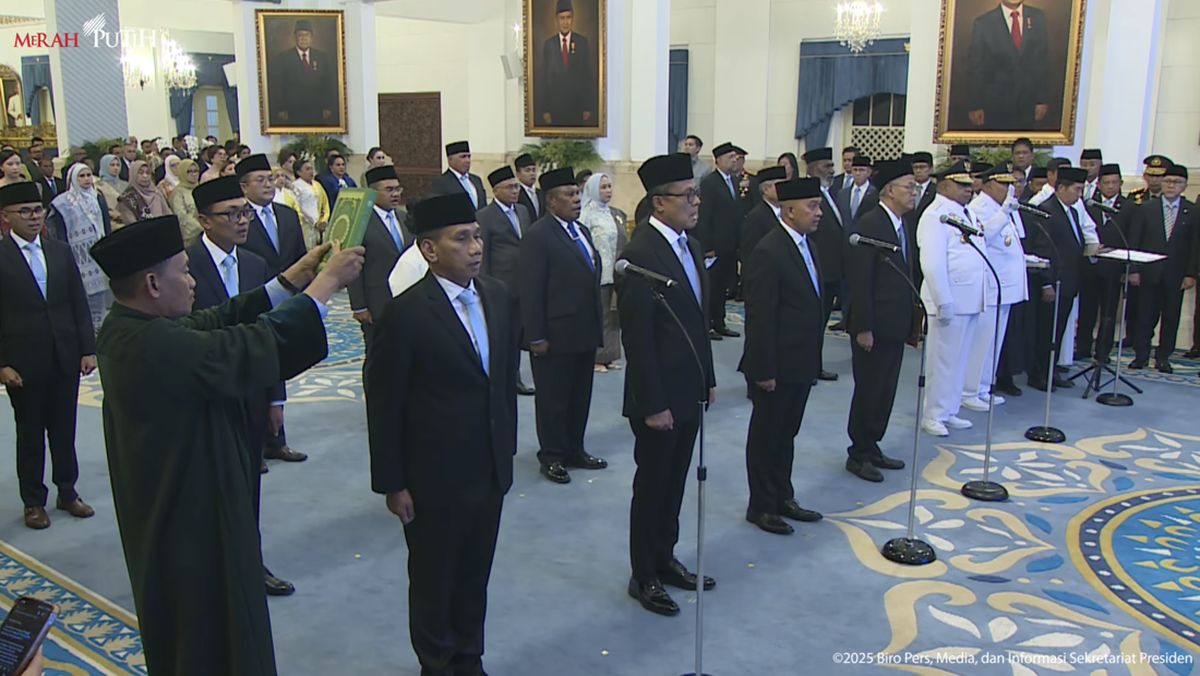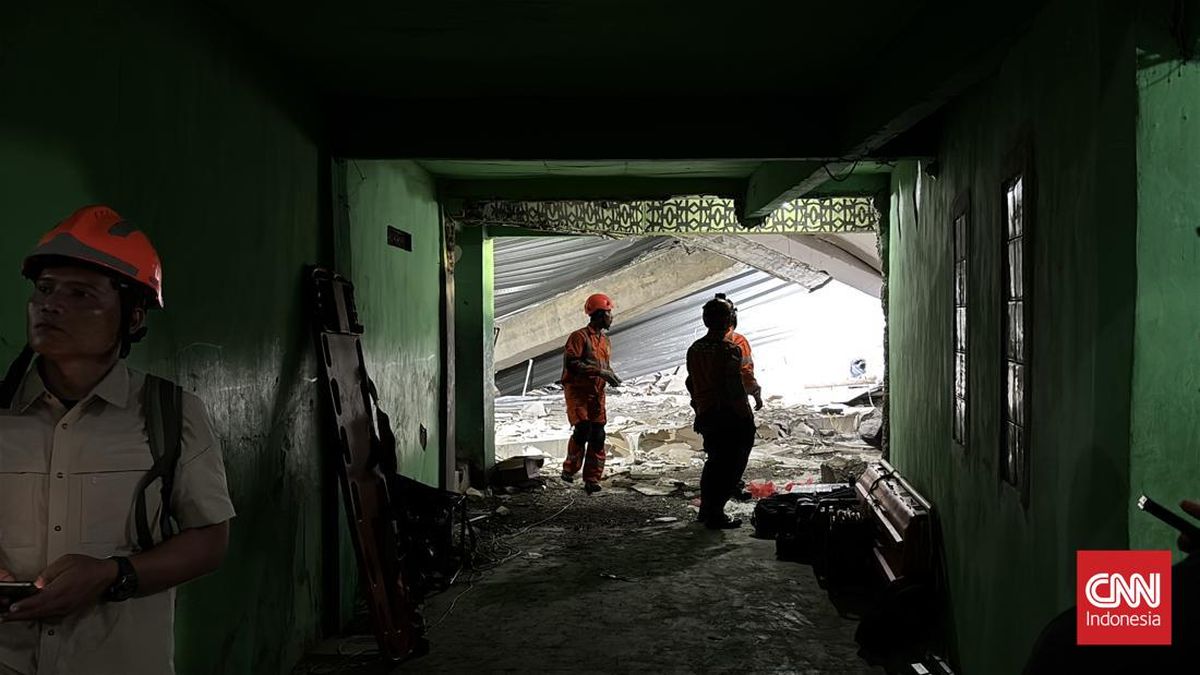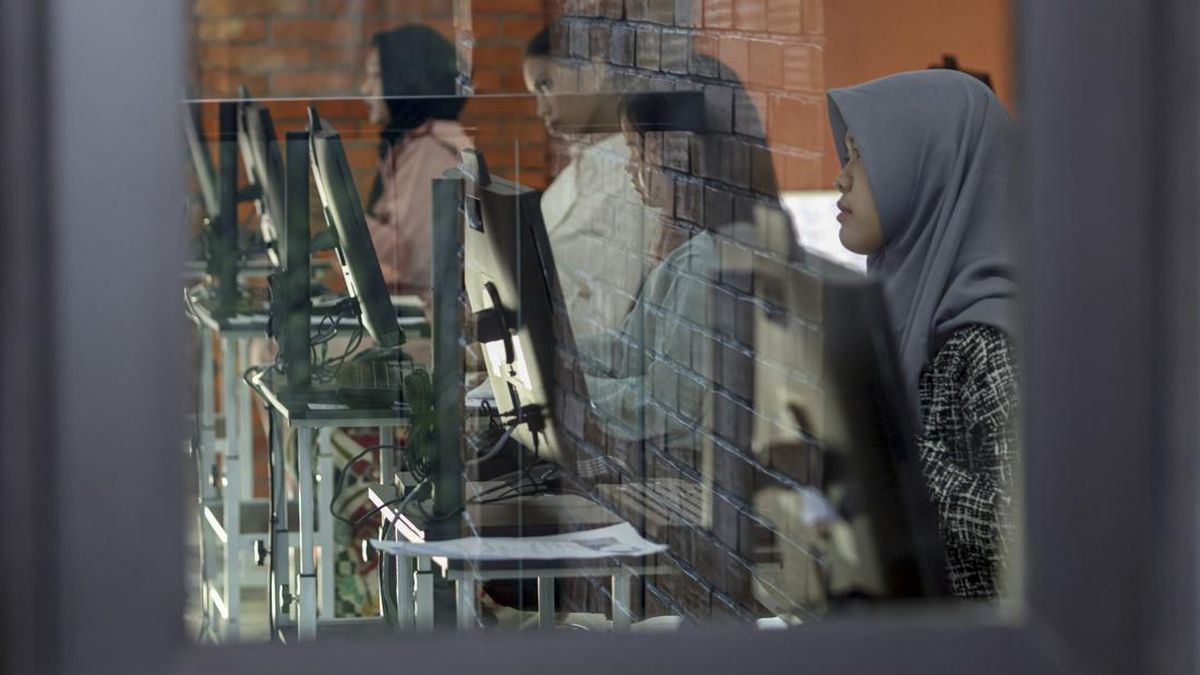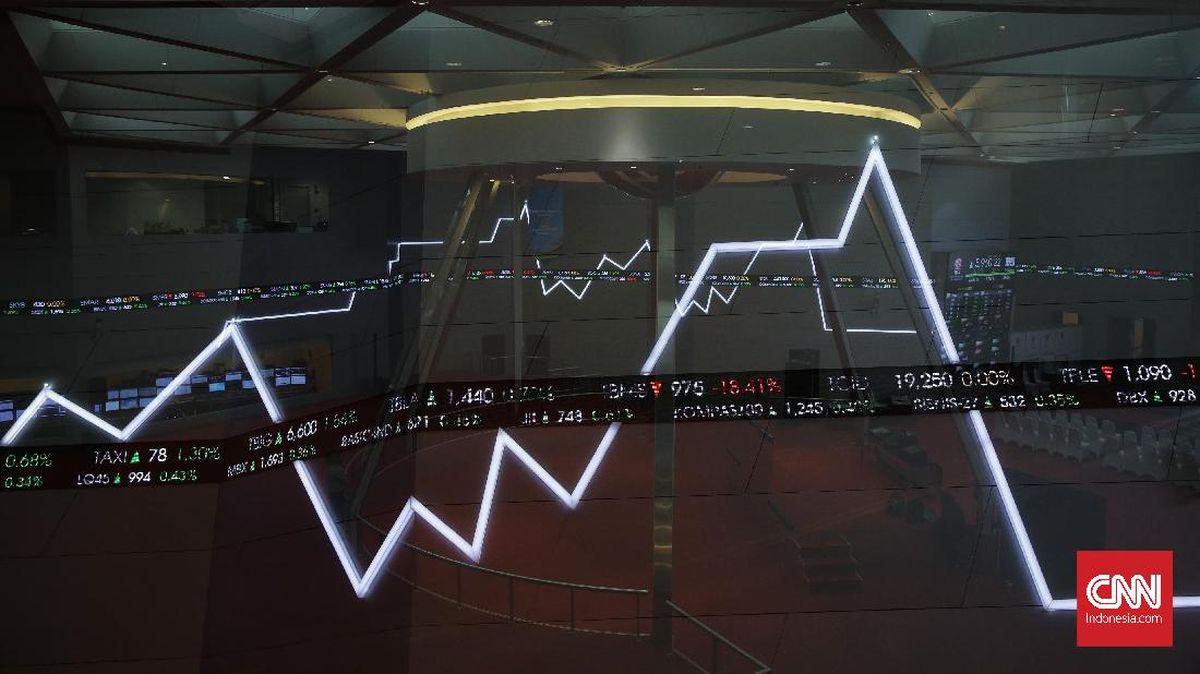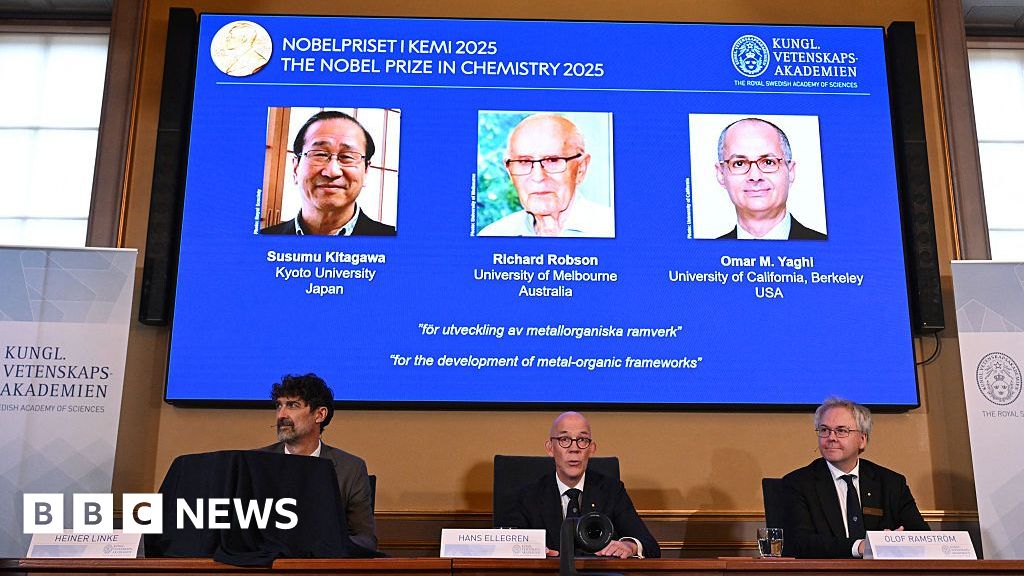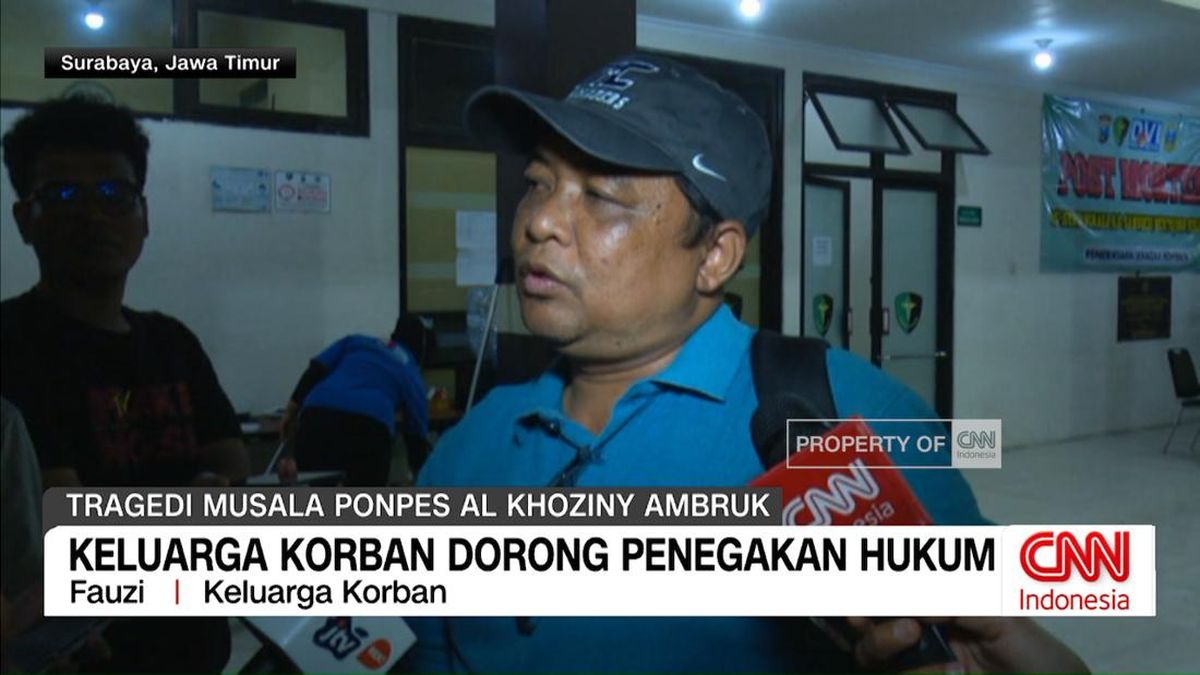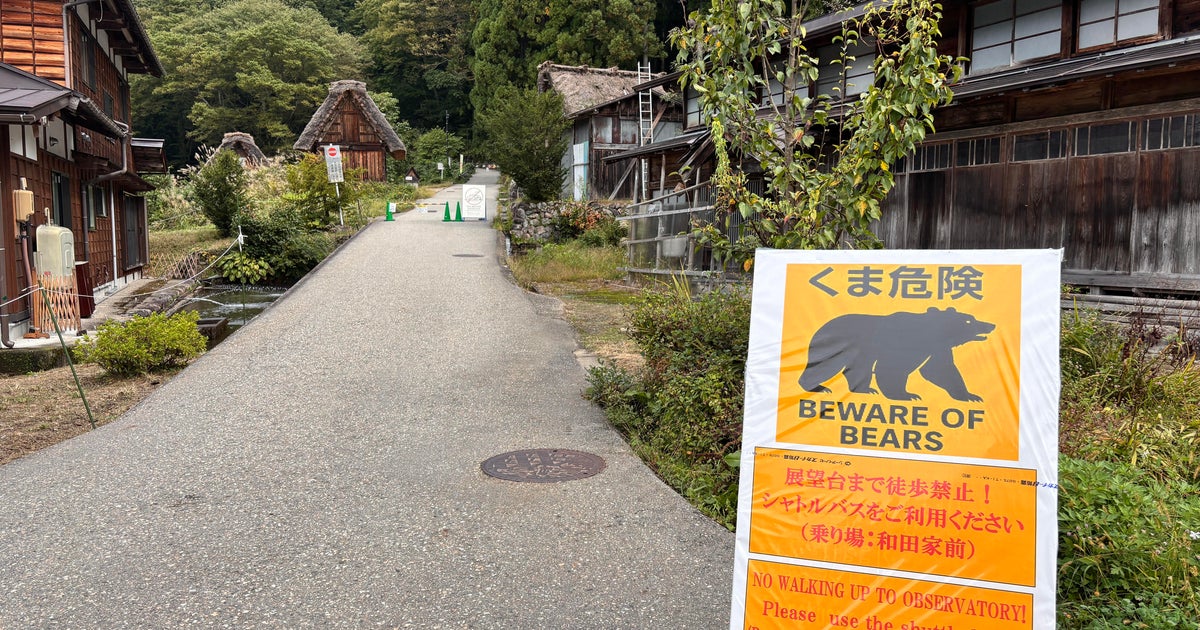If the federal government didn’t fully appreciate the precedent it set when doling out a $2.4 billion package to rescue the ailing Whyalla steelworks, it surely does now.
With the Swiss multinational Glencore winning a $600 million lifeline to keep the lights on at its Queensland copper smelter and refinery for a bit longer, a conga line of uneconomic industrial facilities are standing by with palms open.
Whyalla may have been a one-off attempt at protecting Australia’s sovereign capability in making steel, but bailouts have since become a habit. In August, there was a $135 million federal and state government rescue package for Nyrstar’s struggling smelters in South Australia and Tasmania. Glencore has now had its turn, and Rio Tinto’s Tomago aluminium smelter is waiting in the wings.

Glencore will receive up to $600 million in taxpayer funds over three years.
As the federal government supplies the fix to industrial addicts in need of capital, there’s almost a hint of Trumpism as taxpayers swing in to support uneconomic businesses. (Apologies to Anthony Albanese, who is unlike the US president in just about every other respect.)
Loading
The federal and Queensland governments’ combined taxpayer-funded bailout of $600 million is less than the $1 billion Glencore was seeking. So there is at least some sign of restraint.
The bailout saves jobs, albeit temporarily, and Glencore’s copper smelter has strategic importance. But there is a perverse quality to governments lending a hand to multinationals with multibillion-dollar balance sheets.
Glencore recently posted a profit of $US5.43 billion ($8.23 billion) for fiscal 2025, while Nyrstar’s parent company, Singapore-based Trafigura, has been dubbed the largest company in South-East Asia, with revenue last year of $US243 billion.
The next shoe expected to drop is a joint federal and NSW government assistance package for Rio Tinto, whose Tomago aluminium smelter is struggling on the back of spiralling energy costs. No need to remind anyone about the size of Rio Tinto, which, despite its strong Australian roots, is headquartered in London.
Beyond the argument on whether we should be providing assistance to foreign companies, there is a bigger question of whether the federal government should be involved in these bailouts at all.
Left without the external help, these challenged smelters would almost certainly be closed. (Alcoa recently confirmed that with the permanent shutdown of its West Australian Kwinana alumina refinery.)

A turbocharged Australian dollar and high costs consigned Australia’s auto manufacturing to its doom in 2013.
The facilities, while critical domestically, are not competitive globally, and that should be reasonable grounds for letting them close. Sometimes it’s better for governments to exercise a bit of tough love, which is exactly what happened in 2013, when the Abbott government refused to keep propping up the Australian car manufacturing industry.
A turbocharged Australian dollar and high costs consigned the carmakers to their doom. In the case of the smelters, sky-high power prices pose an existential threat to extremely energy-intensive facilities.
A failure in government energy policy is the biggest reason for that situation, and while there are measures afoot to ensure our large LNG producers put enough supply aside for the domestic market, the decades-long ideological battle over renewable energy has further hindered the creation of a comprehensive and viable road map.
Loading
So it’s no surprise that BlueScope, the company leading a consortium to buy Whyalla, is now citing issues with the cost of gas in its negotiations with the government.
BlueScope chief executive Mark Vassella told a Press Club briefing on Wednesday that the government needed to force a reduction in gas prices to prevent factories closing down. “Australian manufacturing is at a dangerous crossroad,” he said.
Meanwhile, the federal government seems to be over a barrel because the closure of sites such as Glencore’s Mount Isa copper refinery threatens to undermine Australia’s push into global supply chains of critical minerals, a key part of Labor’s signature “Future Made in Australia” industry policy.
That’s fertile ground for wealthy companies, with financially challenged Australian refineries, to tug at the pockets of taxpayers as required.
The Market Recap newsletter is a wrap of the day’s trading. Get it each weekday afternoon.
Most Viewed in Business
Loading




